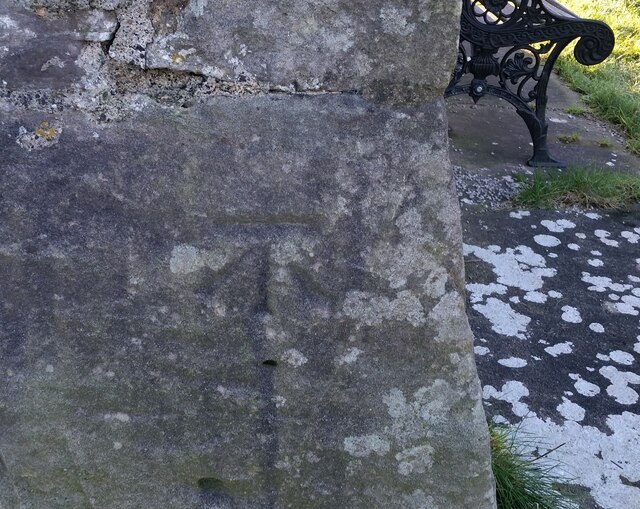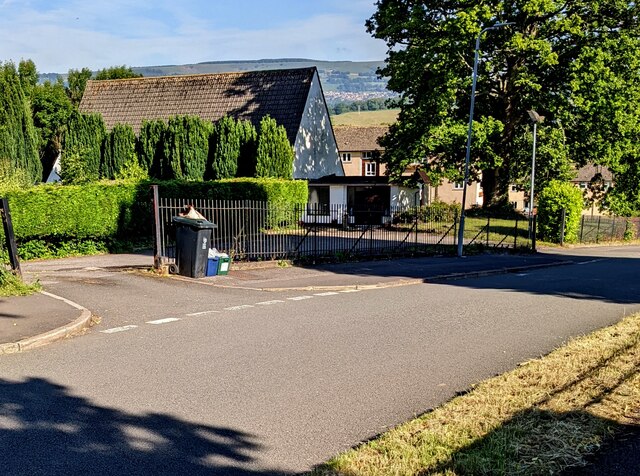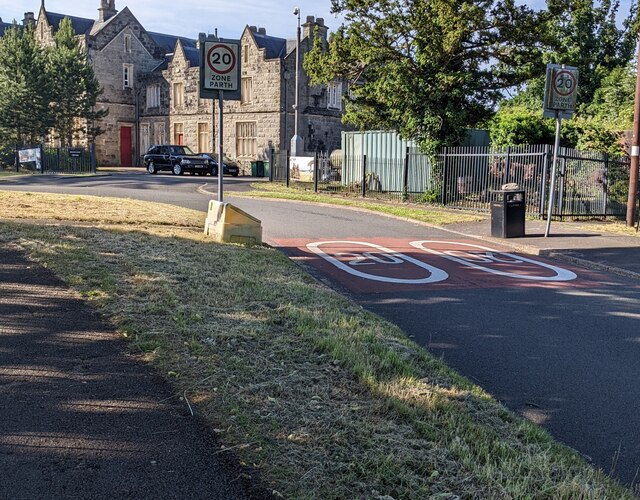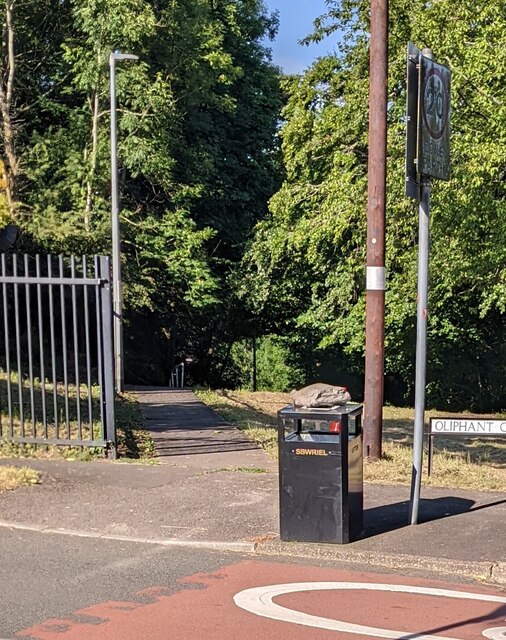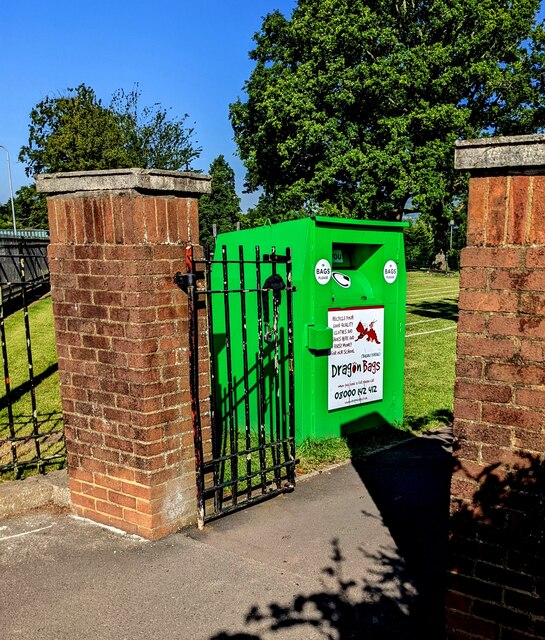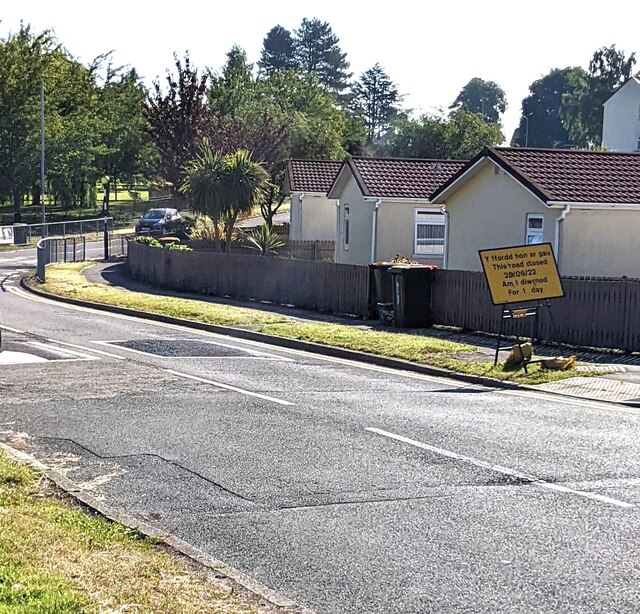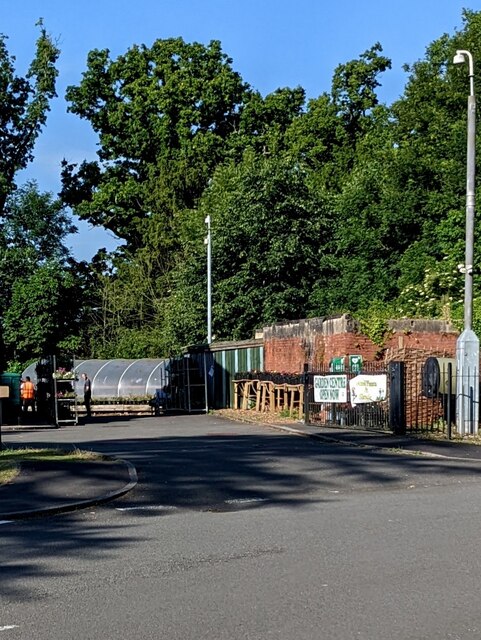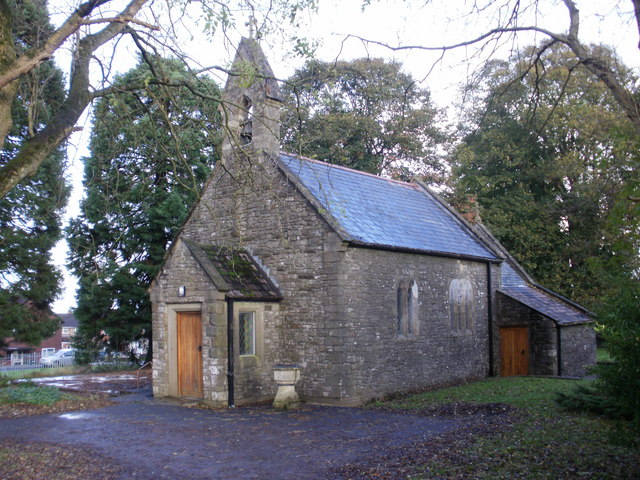Bettws Reservoir
Lake, Pool, Pond, Freshwater Marsh in Monmouthshire
Wales
Bettws Reservoir
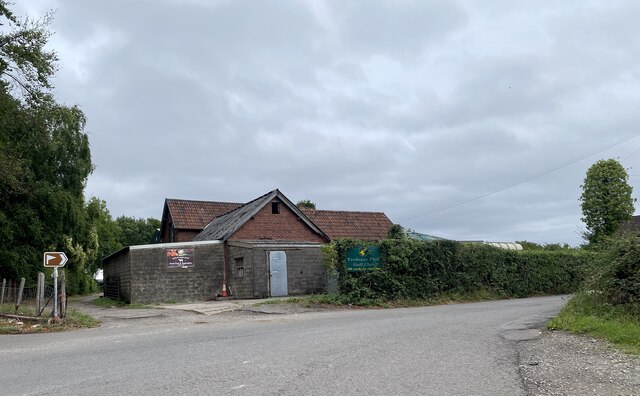
Bettws Reservoir, located in Monmouthshire, is a picturesque freshwater lake nestled amidst rolling hills and lush greenery. This reservoir is a man-made water body, created through the damming of a small river, and serves as a crucial water supply for the surrounding areas.
Covering an area of approximately 40 hectares, Bettws Reservoir is a popular spot for both locals and tourists alike, offering a tranquil escape from the hustle and bustle of everyday life. The calm waters of the lake provide an ideal setting for various recreational activities, including fishing, boating, and birdwatching.
The lake is home to a diverse range of freshwater fish species, making it a haven for anglers. Common catches include perch, pike, roach, and tench, attracting fishing enthusiasts throughout the year. Boating is also a popular pastime on the reservoir, with visitors taking to the water in canoes, rowing boats, and small sailing vessels.
Surrounded by expansive wetlands, Bettws Reservoir is a haven for wildlife, particularly birds. The freshwater marshes and reed beds provide a perfect habitat for numerous species, including herons, swans, ducks, and geese. Birdwatchers can often spot these magnificent creatures in their natural surroundings, making it a birding paradise.
Visitors can enjoy the natural beauty of the reservoir by taking a leisurely stroll along the designated walking trails that wind around the lake. The scenic views of the surrounding countryside, coupled with the peaceful ambiance, make it an excellent location for those seeking solace in nature.
Overall, Bettws Reservoir is a delightful freshwater haven, offering opportunities for fishing, boating, birdwatching, and leisurely walks. Its serene beauty and abundant wildlife make it a must-visit destination for nature enthusiasts in Monmouthshire.
If you have any feedback on the listing, please let us know in the comments section below.
Bettws Reservoir Images
Images are sourced within 2km of 51.617191/-3.0389096 or Grid Reference ST2891. Thanks to Geograph Open Source API. All images are credited.
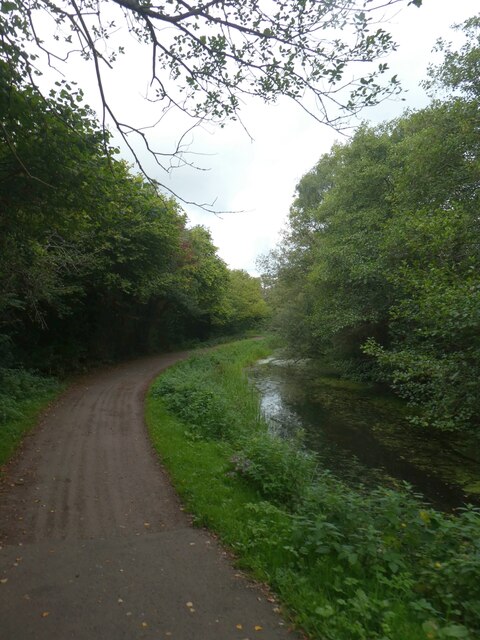
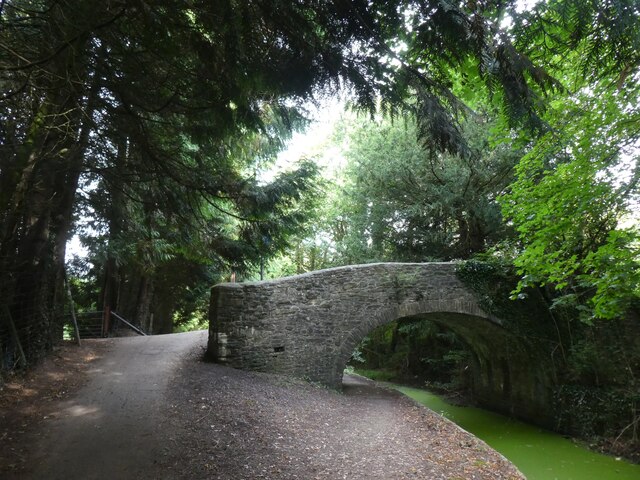
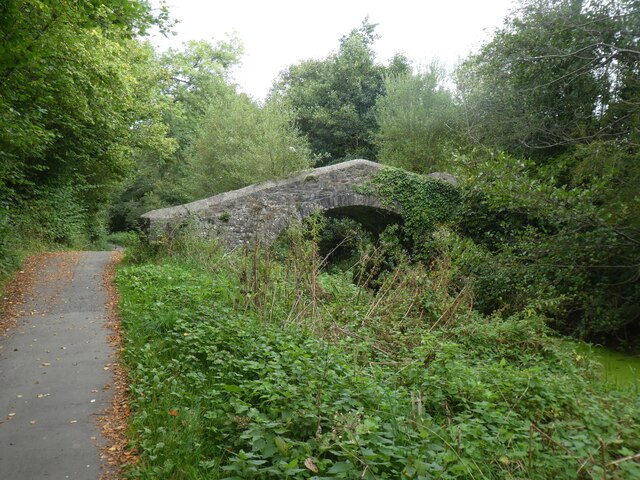
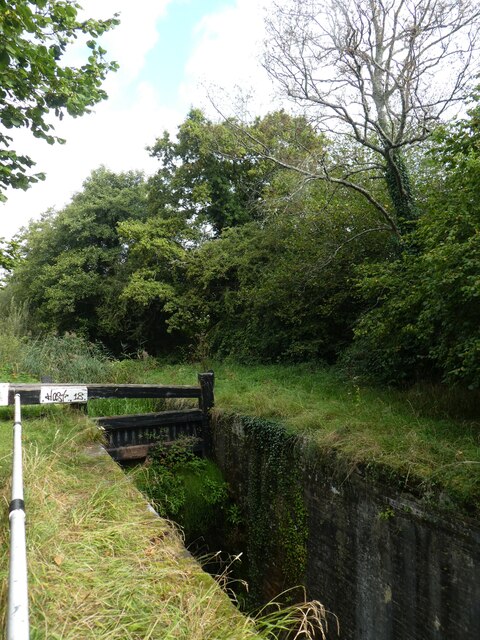
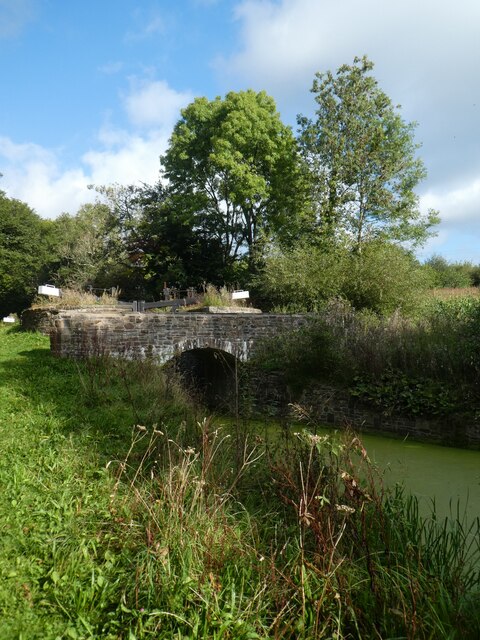


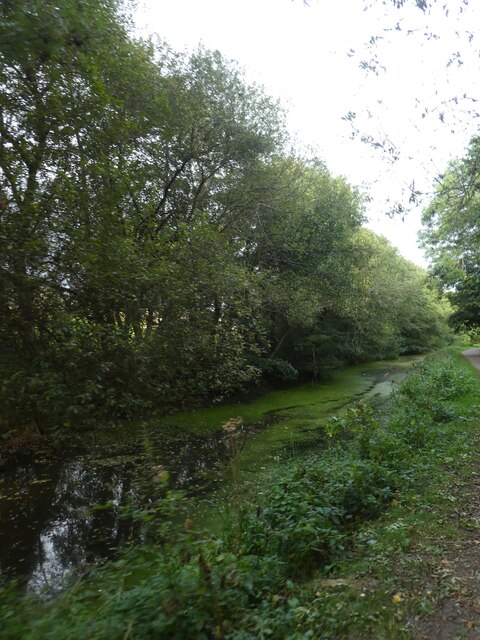
Bettws Reservoir is located at Grid Ref: ST2891 (Lat: 51.617191, Lng: -3.0389096)
Unitary Authority: Newport
Police Authority: Gwent
What 3 Words
///push.rounds.test. Near Cwmbran, Torfaen
Nearby Locations
Related Wikis
Bettws, Newport
Bettws (Welsh: Betws) is a large modern housing estate, electoral ward and coterminous community (parish) of the city of Newport, South Wales. == Etymology... ==
Rougemont School
Rougemont School (Welsh: Ysgol Rougemont) is an independent co-educational day school located in the manor house Llantarnam Hall in south Wales. The school...
Newport High School (Wales)
Newport High School (Welsh: Ysgol Uwchradd Casnewydd) is a co-educational secondary school in the Bettws district of the city of Newport, South Wales,...
Coed Eva
Coed Eva (Welsh: Coed Efa) is a suburb of Cwmbran in Torfaen County Borough, Wales. It lies in the preserved county of Gwent and within the historic boundaries...
St Joseph's Hospital, Newport
St Joseph's Hospital is one of the largest privately owned hospitals in Wales. It is situated on Harding Avenue, Malpas, Newport. == History == === Origins... ===
Malpas, Newport
Malpas is an electoral district (ward) and coterminous community (parish) of the city of Newport, South Wales. The area is governed by the Newport City...
Henllys, Torfaen
Henllys means 'ancient court' with hen 'ancient' and llys 'court'. The name may refer to the former administrative court of the lordship of Machen Today...
Risca Community Comprehensive School
Risca Community Comprehensive School is a community comprehensive school located in the town of Risca near Newport on the eastern side of the Caerphilly...
Related Videos
Hiking for Health - Fourteen Locks Canal/Finding Contentment
What an amazing morning walk home... 10/09/22 Saturday morning I decided to walk home after a very long night shift.
Henllys Cwmbran | United Kingdom | Mebin Travel Vlog |
The most beautiful and adventure mountain in wales , United Kingdom.4000 ft above from sea level. Music : Extenze - Gravity No ...
Rebel Fest 2022
Tiny Rebel Fest 2022.
Rug Design 1200x1200mm Porcelain Relief Tile
You can browse all designs and prices online at https://decoridea.co.uk/search?type=product&q=Da+vinci.
Nearby Amenities
Located within 500m of 51.617191,-3.0389096Have you been to Bettws Reservoir?
Leave your review of Bettws Reservoir below (or comments, questions and feedback).
